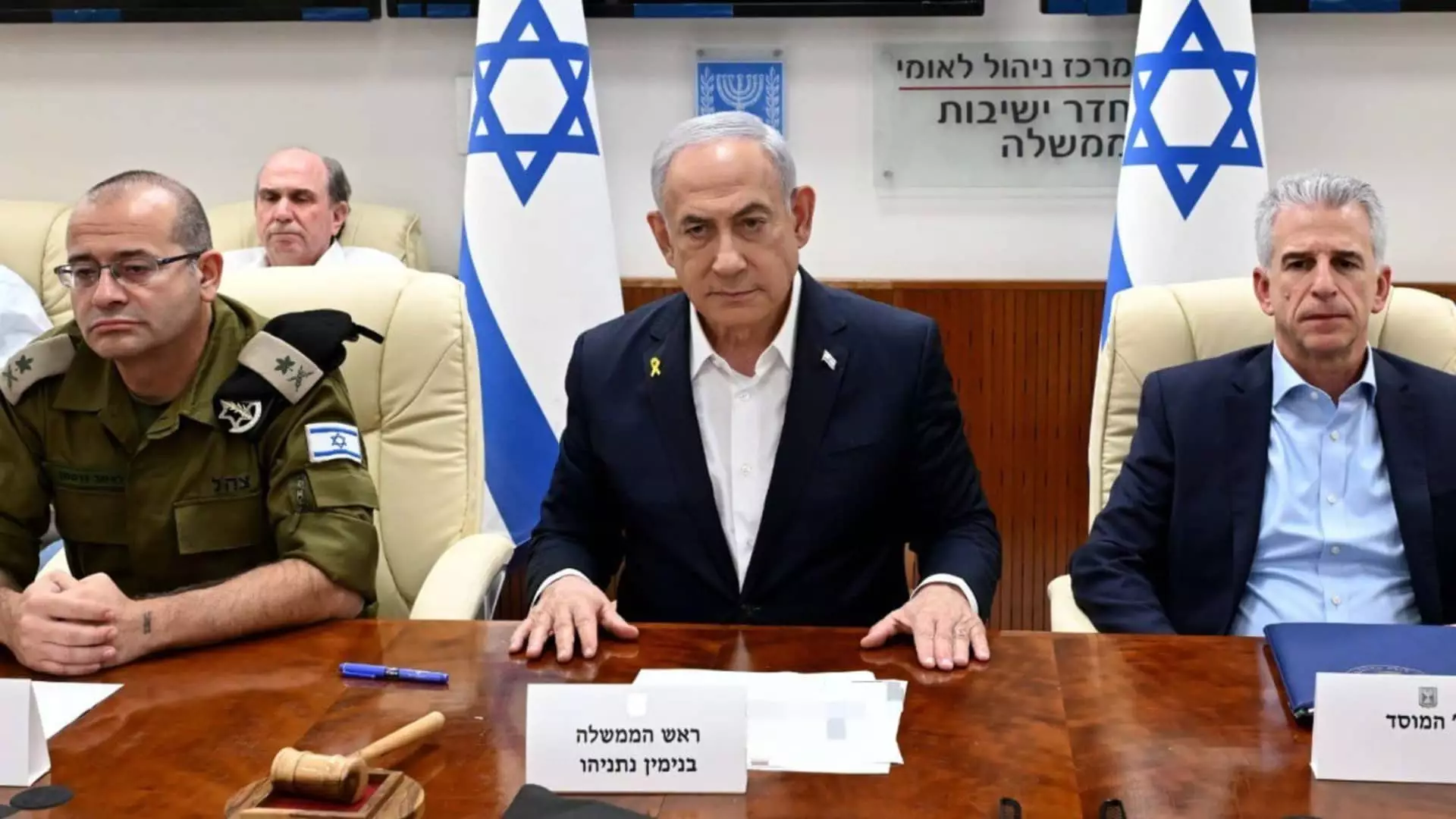In a significant military escalation, Israel has launched airstrikes targeting military installations in Iran. This action follows a series of ballistic missile attacks on October 1, which marked the beginning of heightened tensions between the two nations. The strikes constitute an alarming development in a region already strained by a myriad of conflicts. As Israel’s military operations intensify—notably in Gaza and Lebanon—the implications for regional stability are profound, threatening to escalate into a broader conflict.
The airstrikes come in the wake of the Hamas attack on Israel on October 7, which resulted in significant casualties and sparked a renewed focus on the Iranian regime’s continuous support for militant groups in the region. Israel’s military spokesperson highlighted the persistent threat posed by Iran and its proxies, declaring that the latest strikes were a necessary response to the ongoing aggression stemming from Iranian territory. The situation has escalated over the past year, characterized by Israel’s military operations in Gaza and its contentious engagements in Lebanon.
Furthermore, the airstrikes mark a shift in the dynamics of the ongoing shadow war between Israel and Iran. Historically, this conflict has been fought with covert operations, cyber-attacks, and targeted assassinations. However, the recent overt military action signifies Israel’s determination to confront perceived threats head-on, particularly in response to Iran’s missile capabilities.
In Tehran, the sound of explosions and the activation of air defense systems signaled a palpable fear among residents. While state media initially covered reports of the attacks, they quickly shifted to a narrative of normalcy, portraying everyday life in the capital to downplay the severity of the situation. This strategy, often seen in authoritarian regimes, reflects Iran’s intention to maintain public order and avoid panic, even as military operations escalate.
Additionally, Syrian state media reported missile strikes attributed to Israeli military operations against targets believed to be associated with Iran. This multi-front military engagement indicates that Israel is not only focused on Iran but also on the underlying networks that sustain these hostile capabilities across the region. It underscores a robust regional security dilemma, where actions taken by one nation elicit a chain reaction of responses from neighboring entities.
As military operations intensify, the humanitarian situation in Gaza has worsened drastically. Reports indicate that over 42,000 Palestinians have lost their lives in the conflict, with countless others facing dire shortages of food, medical supplies, and access to clean water. This growing crisis captures the tragic human cost of geopolitical conflicts and raises pressing ethical questions about the responsibilities of warring nations.
The ongoing hostilities have also led to thousands of individuals being displaced and subjected to extreme conditions. International organizations are calling for urgent humanitarian aid and intervention, but the complexities of the conflict and the political inclinations of various nations have hindered meaningful relief efforts.
The airstrikes occurred simultaneously with U.S. Secretary of State Antony Blinken’s visit to the region, where American officials cautioned Israel to approach retaliation with caution to avoid exacerbating an already volatile situation. The U.S. remains an important ally of Israel; however, there are growing concerns regarding the impact of military operations on regional stability, particularly in light of Iran’s unwavering commitment to its nuclear agenda.
Amidst these tensions, the U.S. administration has vowed to support Israel, although there is an underlying recognition of the need for diplomatic avenues to de-escalate the situation. The fact that U.S. officials were pre-informed about the strikes but did not participate points to a complex interplay of support and caution.
The escalating military exchanges between Israel and Iran not only highlight the ongoing conflict between these two nations but also reflect deeper regional tensions involving other stakeholders such as Hezbollah and various militant factions operating in Syria and Lebanon. The increasingly visible nature of these confrontations suggests that a new chapter in Middle Eastern geopolitics is unfolding.
As the conflict continues to evolve, it is critical to evaluate the motivations behind these military strategies, the potential for further escalation, and, ultimately, the impacts on the civilian populations caught in the crossfire. Diplomatic efforts are urgently needed to restore stability and address the humanitarian catastrophes resulting from prolonged warfare.
Israel’s recent airstrikes on Iranian military targets underscore the precarious status of relations in the Middle East. As the region finds itself on a precarious edge, marked by tit-for-tat military actions, the urgency for a diplomatic resolution intensifies. Without concerted international intervention and dialogue, the cycle of violence is unlikely to cease, threatening to engulf neighboring nations and further complicate an already intricate geopolitical landscape.


Leave a Reply